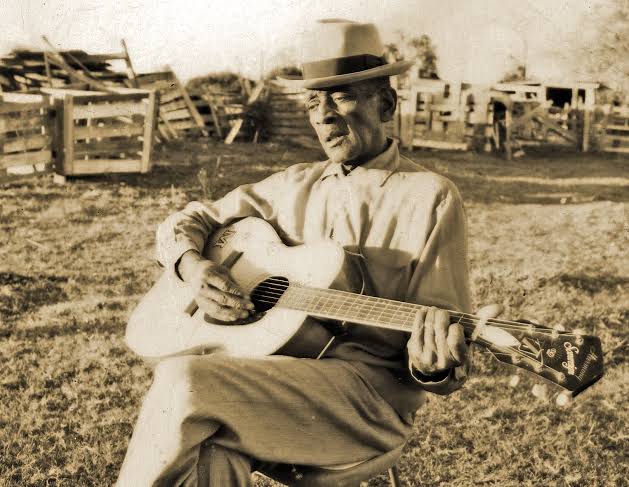Mance Lipscomb was a unique figure in American blues history—a deeply rooted storyteller, guitarist, and singer who brought a rich and authentic sound to the folk-blues tradition. Born in 1895 and active well into the 20th century, Lipscomb was a late bloomer in terms of national fame, but his music left an enduring legacy. Here are five fascinating facts that shed light on his remarkable life and career.
1. He Didn’t Record His First Album Until He Was 65
Unlike many blues musicians who gained fame early, Mance Lipscomb didn’t begin recording until 1960—when he was already 65 years old. His debut album, Texas Sharecropper and Songster, was recorded by Arhoolie Records and showcased his vast repertoire of blues, ballads, ragtime, and gospel. Despite the late start, Lipscomb quickly became a celebrated figure in the American folk and blues revival of the 1960s.
2. He Called Himself a “Songster,” Not Just a Bluesman
Lipscomb preferred the term songster to describe himself. This was a fitting title, as his performances drew from a wide range of genres beyond just the blues. His setlists often included folk tunes, spirituals, and even popular songs of the early 20th century. This versatility made him a bridge between rural African American traditions and the broader spectrum of American roots music.
3. He Was a Sharecropper Most of His Life
Before becoming known as a musician, Lipscomb worked for decades as a sharecropper in Navasota, Texas. He lived a humble, rural life, and music was more of a community activity than a profession. He played at local gatherings, dances, and parties. This background gave his music an unpolished, deeply authentic character that resonated with both rural audiences and urban folk revivalists.
4. He Was Discovered by Folklorists in the 1960s
Mance Lipscomb’s musical career took off thanks to the efforts of musicologist Mack McCormick and Arhoolie Records founder Chris Strachwitz. While conducting field recordings in Texas, they encountered Lipscomb and were struck by his talent and vast repertoire. Their recordings brought him to the attention of folk festivals and blues enthusiasts across the country.
5. He Was a Festival Favorite During the Folk Revival
After being “discovered,” Lipscomb quickly became a beloved performer at major folk and blues festivals, including the Newport Folk Festival. Audiences admired not just his music but also his humble presence and storytelling ability. His laid-back fingerpicking style and expressive vocals introduced countless new fans to the traditional Texas blues sound.
Conclusion
Mance Lipscomb’s life is a testament to the richness of grassroots American music. A late-blooming star who never sought the spotlight, Lipscomb’s recordings and live performances helped preserve a vital piece of American cultural history. Whether you’re a long-time blues lover or a curious newcomer, exploring his music is a journey well worth taking.

No responses yet